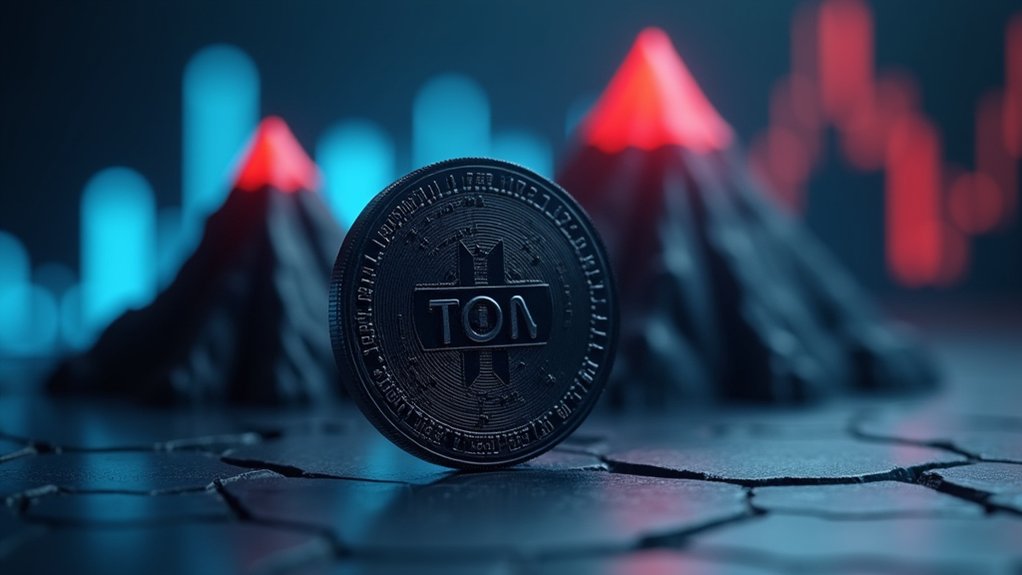Although Bitcoin has yet to surpass its all-time high of $123,180 established in mid-July 2025, the cryptocurrency continues to demonstrate remarkable resilience and institutional appeal, as evidenced by its recent stabilization above $118,800 and the unprecedented accumulation of over 18,900 addresses holding in excess of 100 BTC, a milestone surpassing the 2017 peak; concurrently, Ether exhibits accelerated momentum toward new valuation heights, underpinned by expanding decentralized finance (DeFi) adoption and network enhancements, collectively reflecting a complex interplay of bullish regulatory shifts, macroeconomic anticipations of interest rate reductions, and sustained corporate treasury diversification strategies that collectively reinforce the evolving landscape of digital asset markets. These dynamics occur alongside increasing emphasis on KYC and AML compliance, which fosters greater institutional trust and operational transparency in the cryptocurrency ecosystem. The regulatory impacts under the Trump administration, which particularly reversed the more stringent enforcement policies characteristic of the Biden era, have engendered a markedly more favorable environment for institutional investors and corporate entities, thereby catalyzing substantial accumulation activities and promoting confidence in Bitcoin as a viable reserve asset. Institutional strategies, exemplified by the pronounced increase in corporate treasuries’ Bitcoin holdings—such as Michael Saylor’s firm doubling its BTC reserves and elevating its treasury balance by 60%—illustrate a deliberate, long-term commitment to digital asset integration, with over 160 publicly traded companies now designating Bitcoin as a primary reserve, a significant rise from 43 in 2023. This strategic embrace is further exemplified by private entities like Nakamoto and Twenty One Capital, whose considerable holdings exemplify a broader trend of accumulation predicated upon anticipated macroeconomic conditions, including prospective interest rate cuts by the US Treasury, which are expected to enhance liquidity and augment investment flows into risk assets. These regulatory and institutional dynamics coalesce to underpin Bitcoin’s current market trajectory, characterized by moderated volatility and stabilized price levels near historical peaks. Notably, the current price volatility over the last 30 days remains relatively low at 2.81%, which supports the stability narrative. Simultaneously, Ether’s price acceleration reflects complementary network upgrades and burgeoning DeFi activity, signaling a diversified and robust digital asset ecosystem that continues to attract multifaceted investor interest amid evolving global financial paradigms. Furthermore, the fact that approximately 89% of Bitcoin’s supply had already been mined by April 2021 highlights the increasing scarcity dynamics that further bolster Bitcoin’s appeal as a digital store of value.
Author
Tags
Share article
The post has been shared by 0
people.









